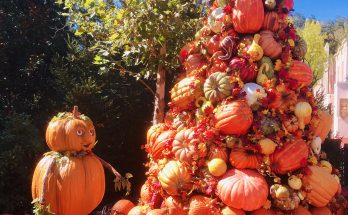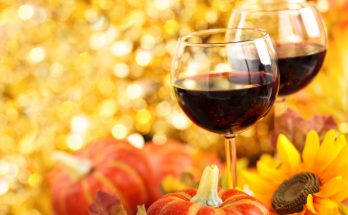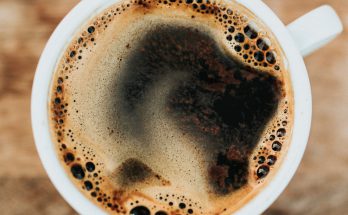People who love wine often describe it in terms that sound like they’re just being wine snobs. That’s what I thought until I learned from the French how to talk about wine.
Growing up with Wine
French children grow up developing their senses by seeing, smelling, and tasting a variety of foods (and wine, albeit diluted), at outdoor markets, in the cheese shops, at the charcutier, and around the dining table. The French are always proud to share their agricultural and culinary products. It is innate to their culture and what makes traveling through France so charming – it’s an endless discovery. So when the French are describing wine, it comes from the heart, and from a deep sense of pride and respect, not snobbery. Here are some concepts and terms people can more or less agree upon when describing wine:
Colors, Aromas, and Flavors
When describing wine, the French use color, aroma, flavor, texture, and a sense of balance. Color descriptors like garnet, ruby, golden, honey, raspberry, amber evoke lovely images as one gazes at the color of wine in a glass.
The aromas and flavors of wine are only as limited as your creativity, and it would seem that wine is the one earthly substance that can have aromas of any fruit, nut, or vegetable from any part of the globe.
Texture
Texture and balance are trickier to articulate and are where the snob factor might seem to creep in. But this only requires a little bit of explanation, so we aren’t put off. Two ways I would describe the texture of a wine include “mouthfeel” and “body.”
Does the wine feel silky in your mouth? Or does it sting a bit (astringence) or even make you feel like you have cotton in your mouth, like it’s drying up the inside of your cheeks (tannins)? Or does it feel somewhere in the middle of silky and tannic?
The “body” of a wine is its density: does it feel more like water, skim milk, 2% milk, or whole milk in your mouth? The denser (heavier) the wine, the more “full-bodied” it is said to be.
Balance
When we consider how balanced a wine is, we again consider a few things at the same time.
For white wine, we can put sweetness and acidity on an X-Y axis. Is this white wine more “honeyed” or “dry” (x-axis)? More acidic and tart, than flat and sweet (y-axis)? The closer you are to the intersection where acidity and sweetness meet, the more balanced is the white wine, and that goes for sweet wines as well.
For red wine, we can put acidity, sweetness, and tannins on an x-y-z axis, which turns out to be a triangle. The closer you are to the intersection of those three lines (and the center of the triangle), the more balanced your red wine.
For red wines, the acidity and the sweetness have to be balanced with the tannins – are the tannins harsh in the mouth, or barely there? A balanced red wine will be somewhere in the middle, feeling fresh and lively (acidity), smooth and fleshy/fruity (sweetness), full or supple (tannins) in the mouth. Lots to think about, isn’t it?
One Sip at a Time
This is why when you start out learning about wine, you need a few sips, some time, and a notepad to figure out one thing at a time – and that’s okay!
Like anything else that seems daunting to understand at first, taking one step at a time and integrating it as you go makes learning about wine possible and approachable. This is what I did, living amongst wine pros in Bordeaux, in order to be conversant and not miss out on the dominant cultural emblem there.
Sniff, Swish, Sip, and …
Here’s another tip from the pros: They sniff and swish, sniff again, then they sip, consider the wine in their mouth, and then crache (spit), or else they’d have to be wheeled home after every wine tasting.
But when you’re at the dinner table, just enjoy the wine slowly, with your food, and savor the many sensations that tasting wine has to offer!



